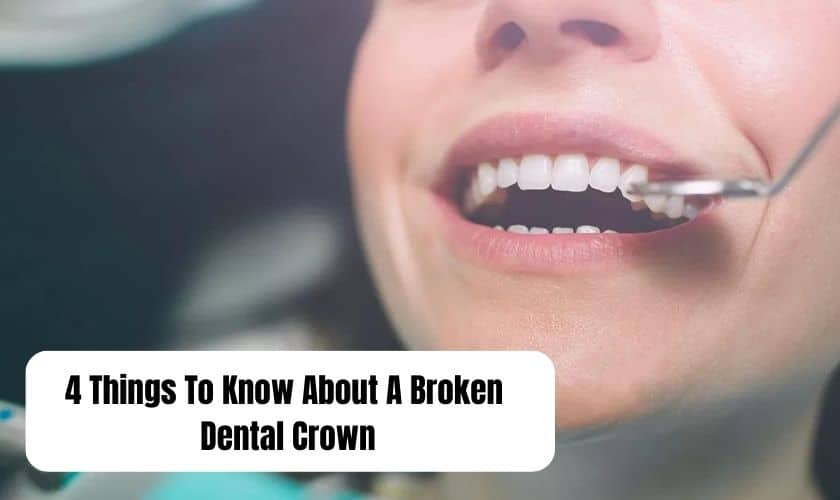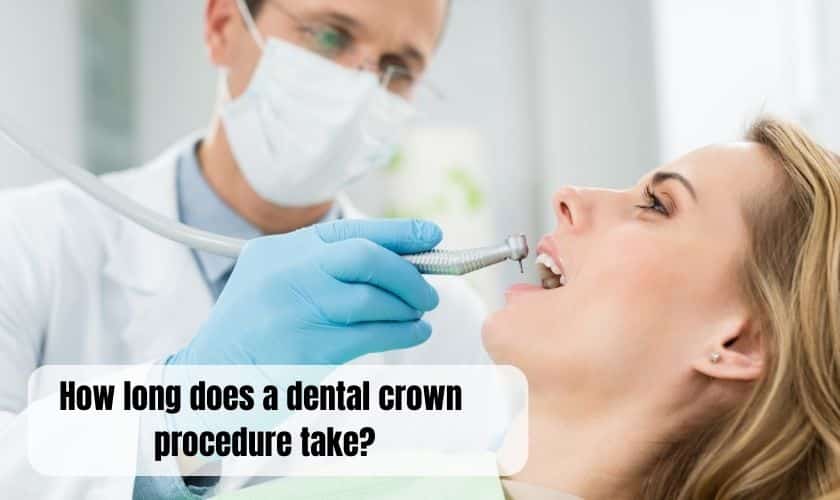
Getting a dental crown can be an expensive and uncomfortable dental procedure. But a dental crown can be extra worrisome for patients when it breaks. Knowing the facts about broken dental crowns is important to get the best treatment for your teeth. Here are four things you need to know about broken dental crowns:
How Do Dental Crowns Break?
There are several causes of dental crown breakage, ranging from accidents and trauma to normal wear and tear. One of the most common causes is grinding or clenching teeth (known as bruxism), which puts excessive force on the dental restoration and can cause it to crack or break apart over time.
Cracks and Chips
The dental crown may crack and chip off pieces if it’s not properly seated, leaving the underlying tooth vulnerable to decay. If the crown is too loose or too tight, it can cause wear on the dental restoration itself.
Cavities
Cavities underneath dental restorations are also more common with broken dental crowns, as they can break away from the area around them and expose areas of decay. This can occur due to poor dental hygiene habits, such as not flossing enough or failing to brush twice a day.
Improper Installation
In some cases, a dental crown may break due to improper installation. This can be due to a dental practitioner needing to fit the dental crown properly or using dental cement that is too old or of poor quality.
What Are The Symptoms?
The symptoms of a broken dental crown depend on the cause. Some common signs and symptoms include pain, sensitivity to hot or cold temperatures, visible cracks in the dental crown, and visible chips in the restoration itself. When these symptoms are present, it’s important to get to the dentist for further evaluation and treatment as soon as possible.
Pain
If you experience any pain when biting down on your dental restoration, this may be an indication that there is something wrong with the dental crown itself. This type of pain can range from a dull ache to sharp twinges, and it should be evaluated by your dentist as soon as possible.
Sensitivity to Hot or Cold Temperatures
If your dental restoration has become too loose or too tight, you may experience discomfort when eating hot or cold foods. This is because the dental crown cannot properly insulate the underlying tooth structure, resulting in sensitivity to temperature changes.
Visible Cracks and Chips
If you notice any visible cracks or chips in the dental restoration, this could indicate that it has sustained damage and needs to be replaced. Getting to the dental office as soon as possible is important if you notice any visible damage, as this can lead to further complications.
What Are The Treatment Options?
The treatment options for a broken dental crown depend on the cause of the issue and the extent of the damage. Some common treatments include dental bonding, fillings, veneers, or a full dental crown replacement. If a dental crown is severely damaged and cannot be repaired, it may need to be removed and replaced with a new dental restoration.
Dental Bonding
Dental bonding is an option for repairing small cracks or chips in dental restorations. This procedure involves adding composite resin material matching the dental crown’s color and shape to fill any damaged areas.
Dental Fillings
Dental fillings can also be used to repair dental restorations. This involves removing the broken dental restoration and filling the area with dental composite material, which then bonds to the tooth structure.
Veneers
Veneers are a more involved treatment option for dental crown repair. They involve replacing the dental crown with a thin porcelain shell designed to match your natural teeth. Veneers typically require multiple visits to the dentist for proper installation and adjustment.
What Are The Benefits of Replacing A Broken Crown?
Replacing a dental crown can help to eliminate any discomfort or pain caused by the damaged dental restoration. It can also help to reduce the risk of decay, as well as improve the aesthetics of your smile. Additionally, dental restorations are designed to protect underlying tooth structures from further damage, so replacing a broken dental crown is important for maintaining dental health in the long term.
Treating a broken dental crown is important for restoring dental health and preventing further damage to underlying teeth. A broken dental crown can cause various symptoms and issues, ranging from pain and sensitivity to visible cracks and chips in the restoration itself. Standard treatment options include dental bonding, fillings, veneers, or full replacement of the dental crown.
FAQs
If you don’t get your dental crown fixed, it can further damage the underlying tooth structure and cause pain and sensitivity. It is important to have a broken dental crown evaluated as soon as possible to prevent further dental problems.
The cost of replacing a dental crown varies depending on the type of material used and the extent of damage that needs to be repaired or replaced. You should contact your dentist to estimate the costs associated with this procedure.
Depending on the material used, dental crowns can usually last between five and fifteen years before they need to be replaced. It is important to visit your dentist regularly for regular checkups to ensure that dental restorations are functioning properly.





